The EVO 3D -
The HTC EVO 3D is roughly the same size and shape as the original EVO, a little smaller maybe but not by much. They both have a 4.3-inch screen but the resolutions are a little different. While the EVO has a resolution of 800x480 the EVO 3D has a resolution of 960x540 not to mention the fact that it is a 3D display. But there are more distinctions than that. The EVO 3D also has a dual core 1.2GHz and 1GB of RAM. This more than doubles the processing power and memory of the original EVO at 1GHz (Single Core) and 512MB of RAM. For internal storage the EVO 3D kicks up to 4GB of space leaving the 1GB in the original EVO in the dust. For additional storage both come with an 8GB microSD.
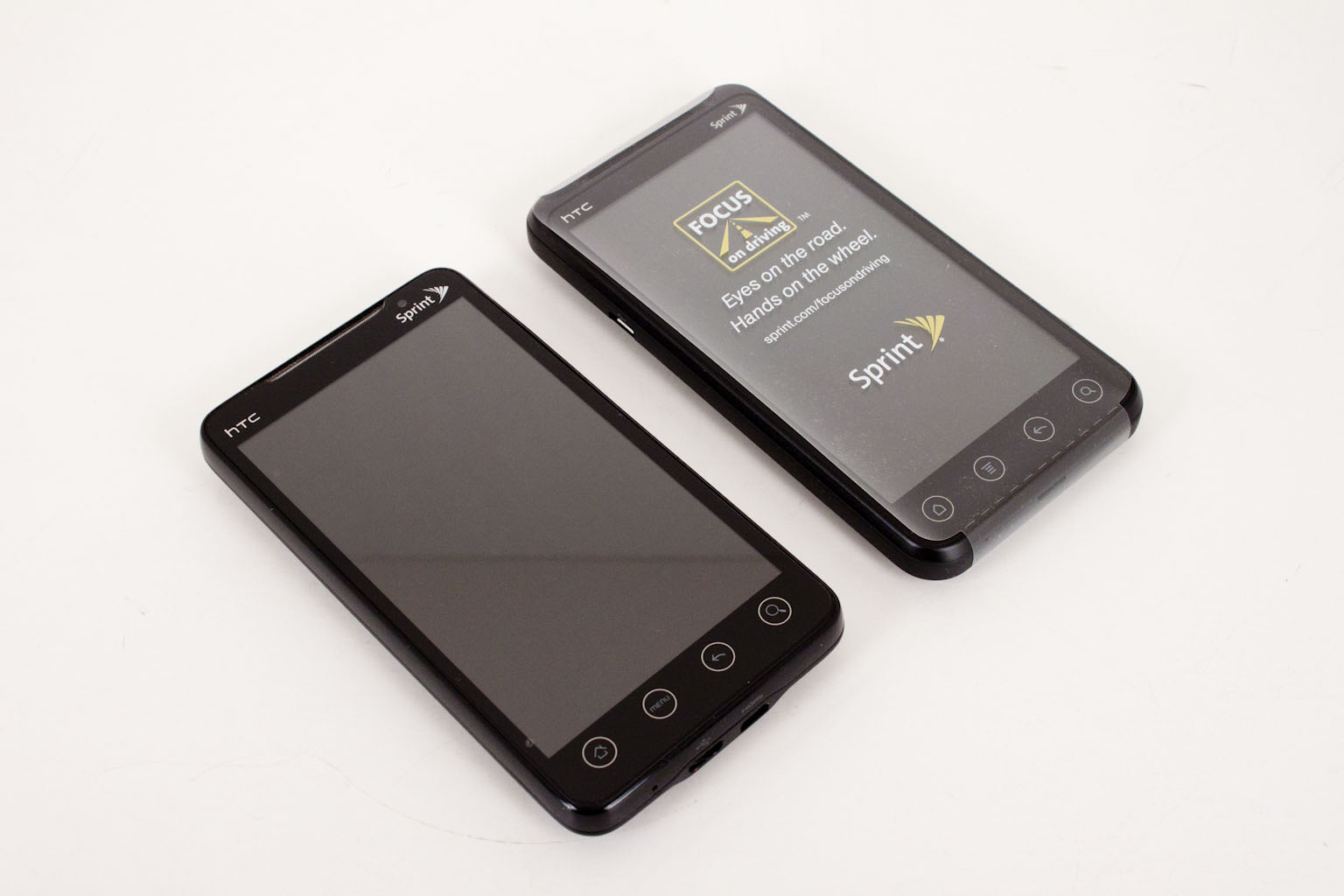 |
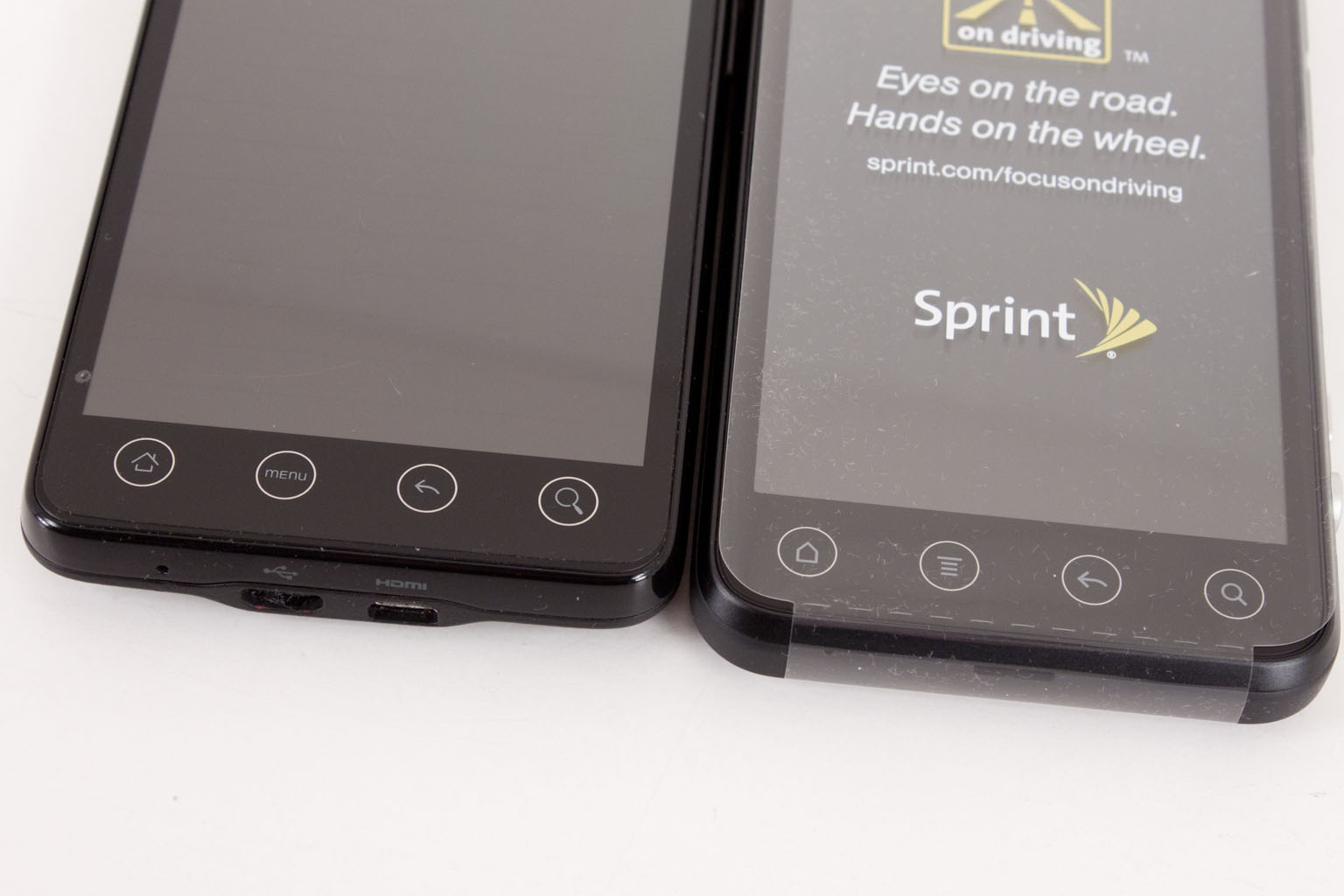 |
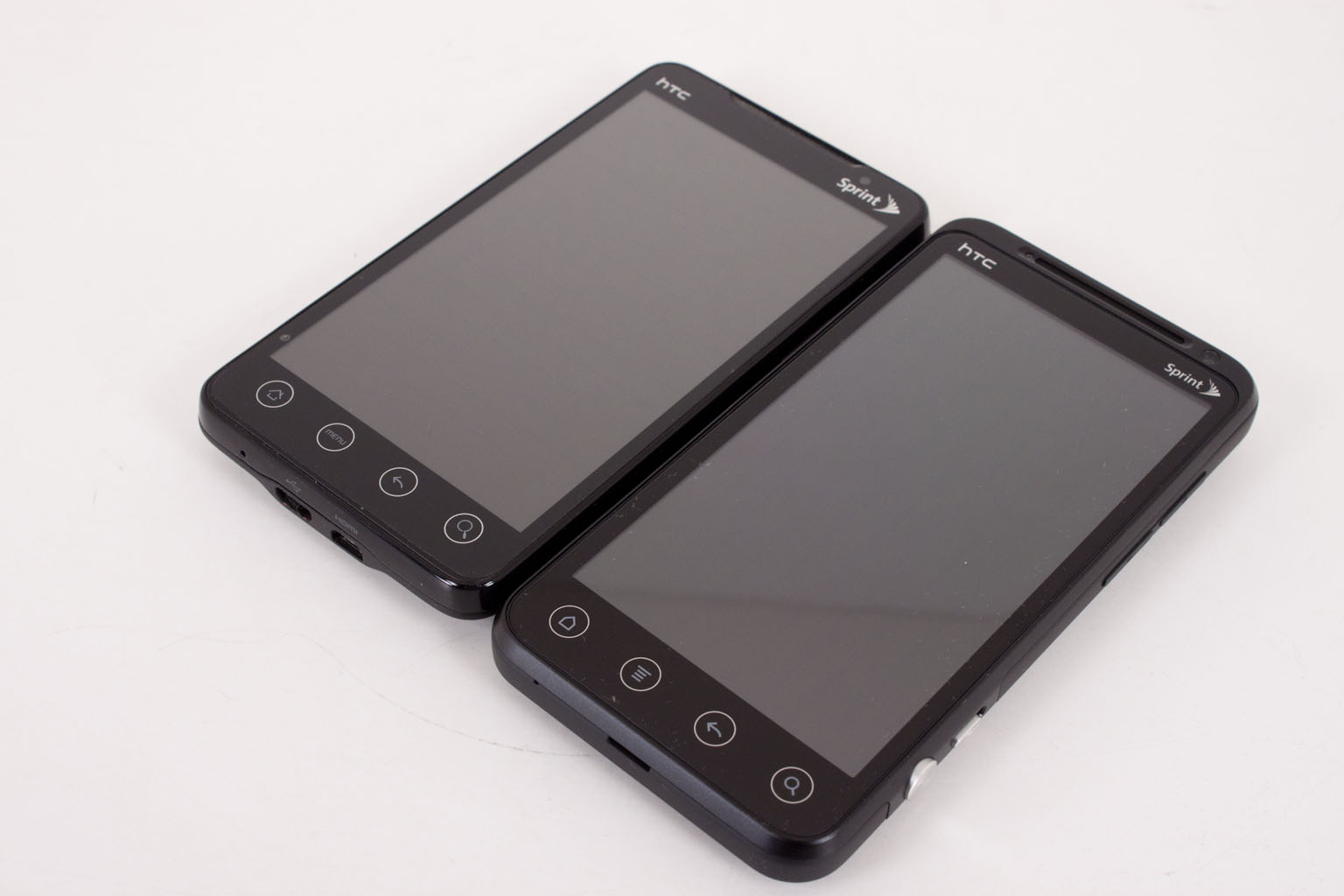 |
Both have front facing 1.3MP CMOS based cameras (for Qik Video Calling or any other video calling service you chose). Things get really different when you get around to the back camera. While the original EVO sports an 8MP camera on the back with full auto focus and a dual LED flash, the EVO 3D has dual 5MP CMOS based cameras that are capable of taking 3D still images and 3D Video. The reason there are two cameras is to allow for stereoscopic 3D imaging. Each camera captures and image independently of the other while the CPU and software compare these images (differences in angles and light reflection) to create a 3D image that is accurate to human eyes (which are also stereoscopic).
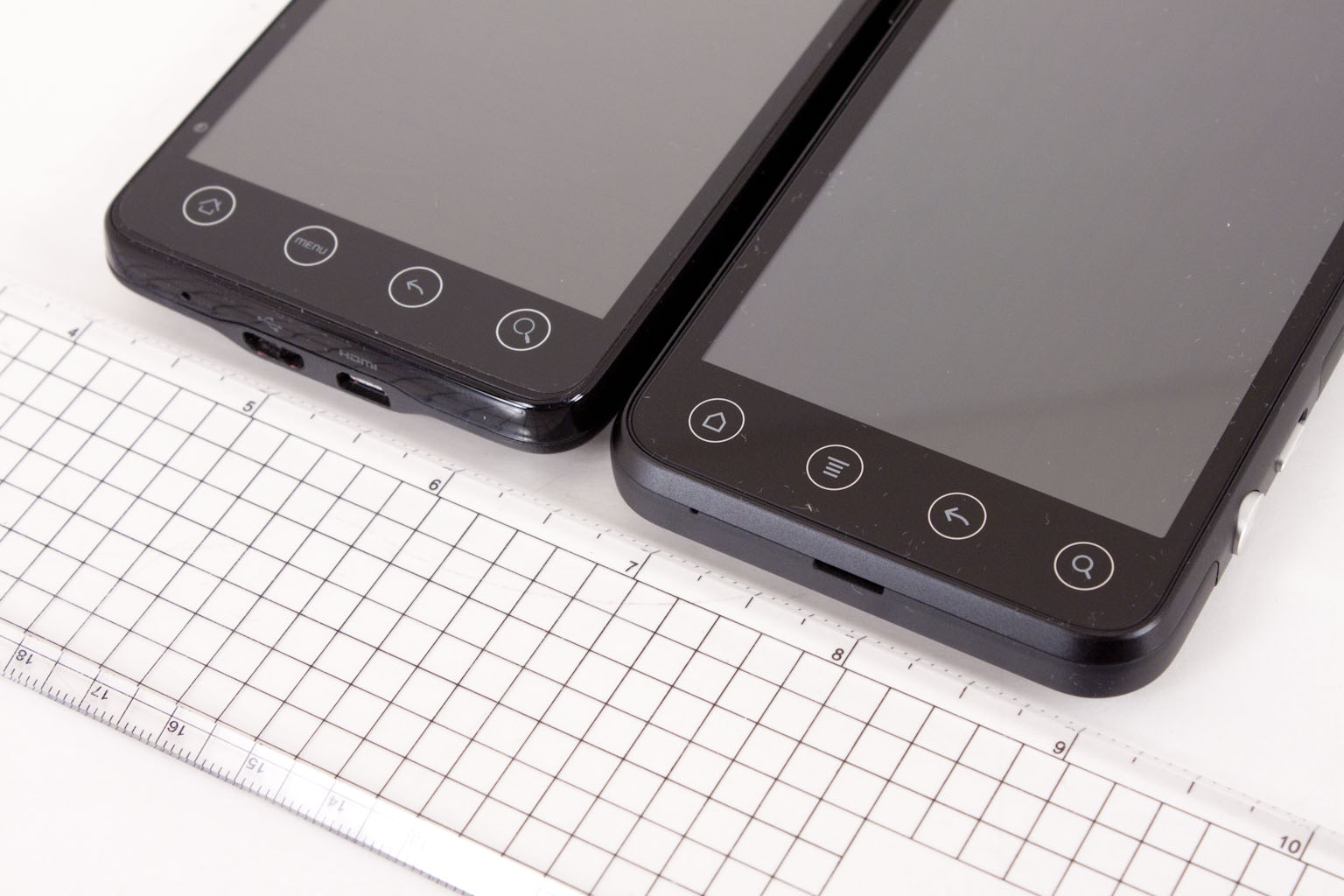 |
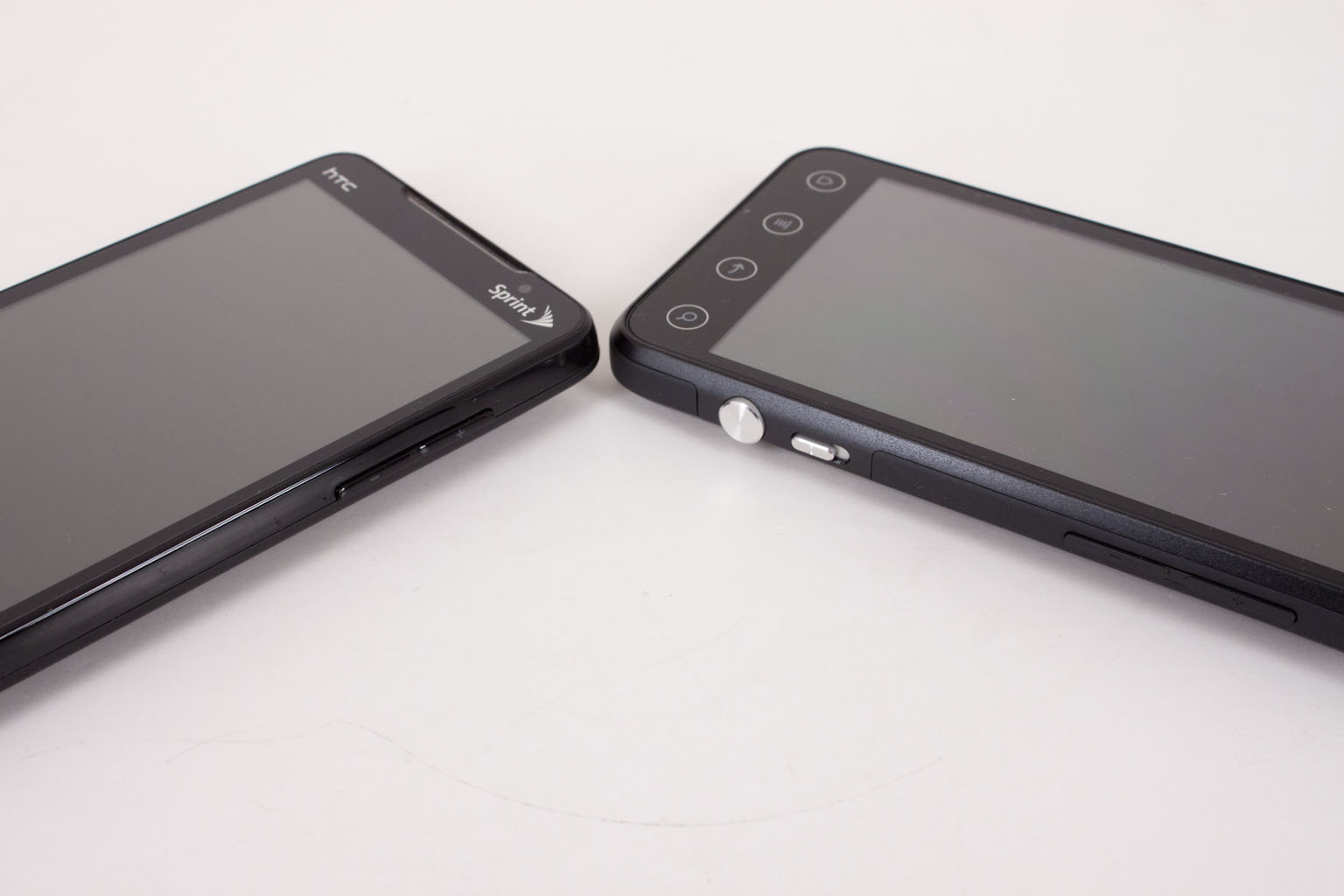 |
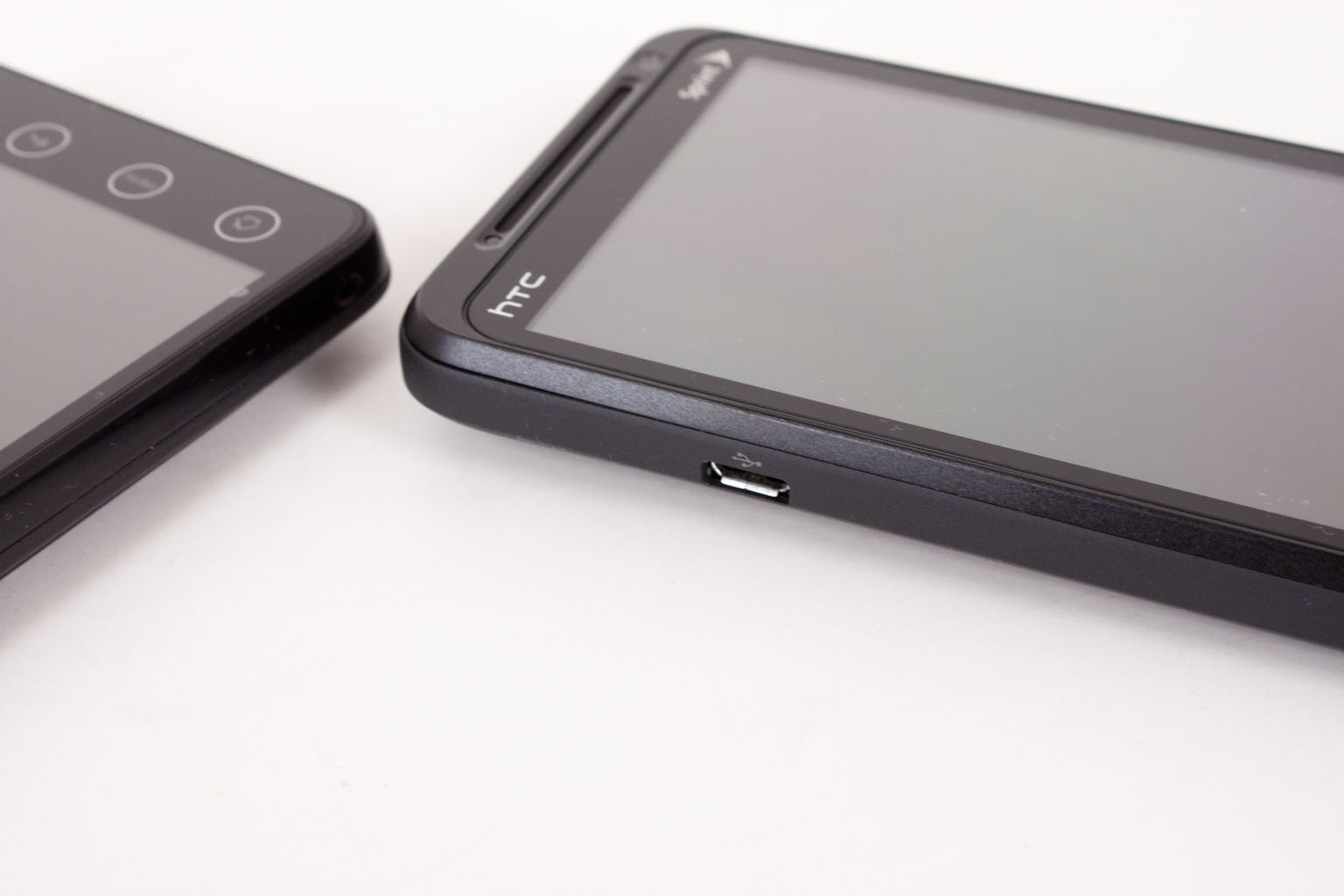 |
The EVO 3D weighs in at 6 ounces with the battery in just like its older brother. There are more differences to the EVO 3D than the cameras, CPU, RAM, and internal storage. On the EVO 3D HTC has decided to give you a “real” shutter button. This is right next to a switch that lets you change between 2D and 3D modes. HTC has also moved the miniUSB port from the bottom to the side and removed the miniHDMI port altogether. Due to the larger area needed for the camera the batter is also much smaller in size. But size does not always matter; the battery in the HTC EVO 3D is 1730mAh Vs the 1500mAh one that is in the EVO.
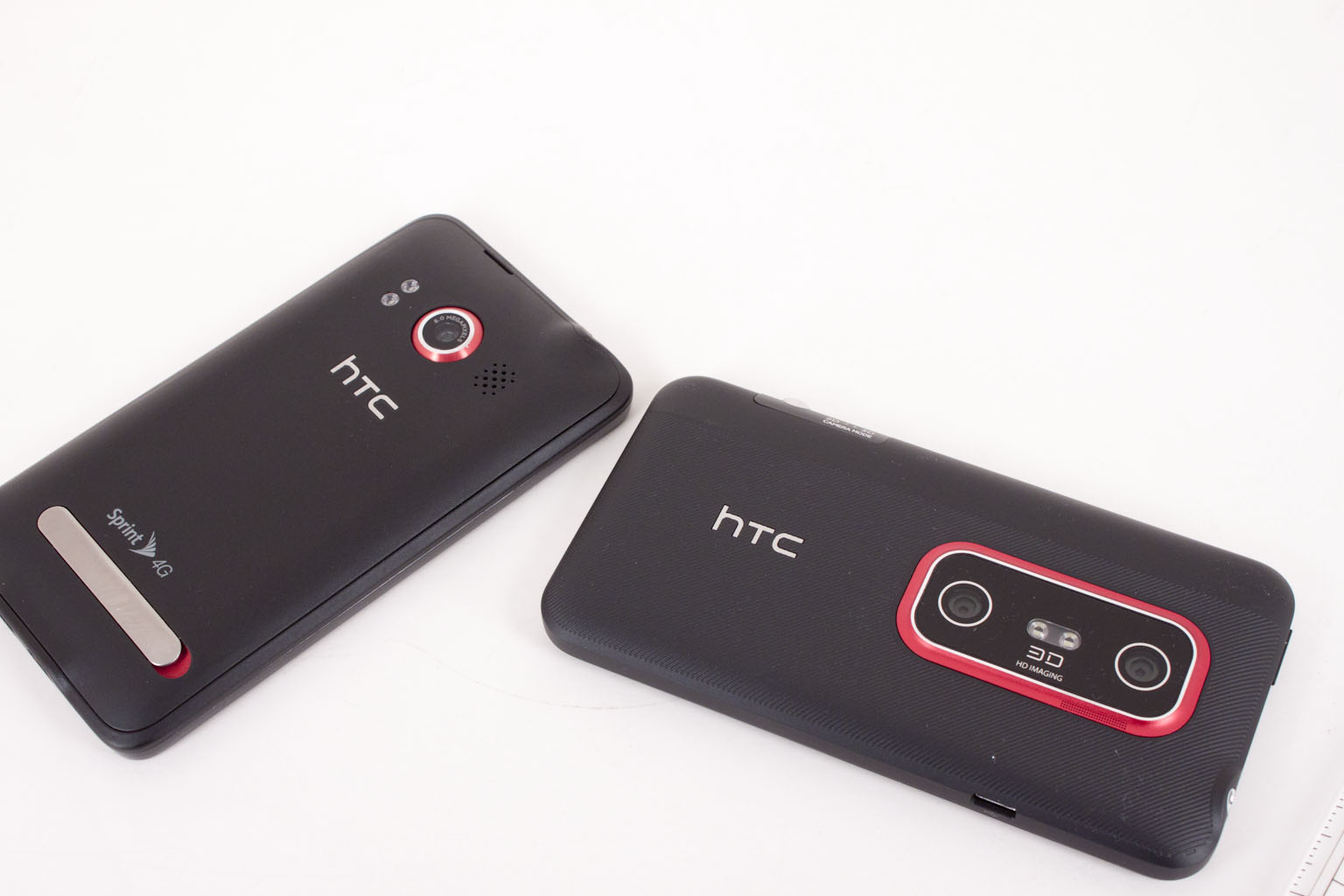 |
 |
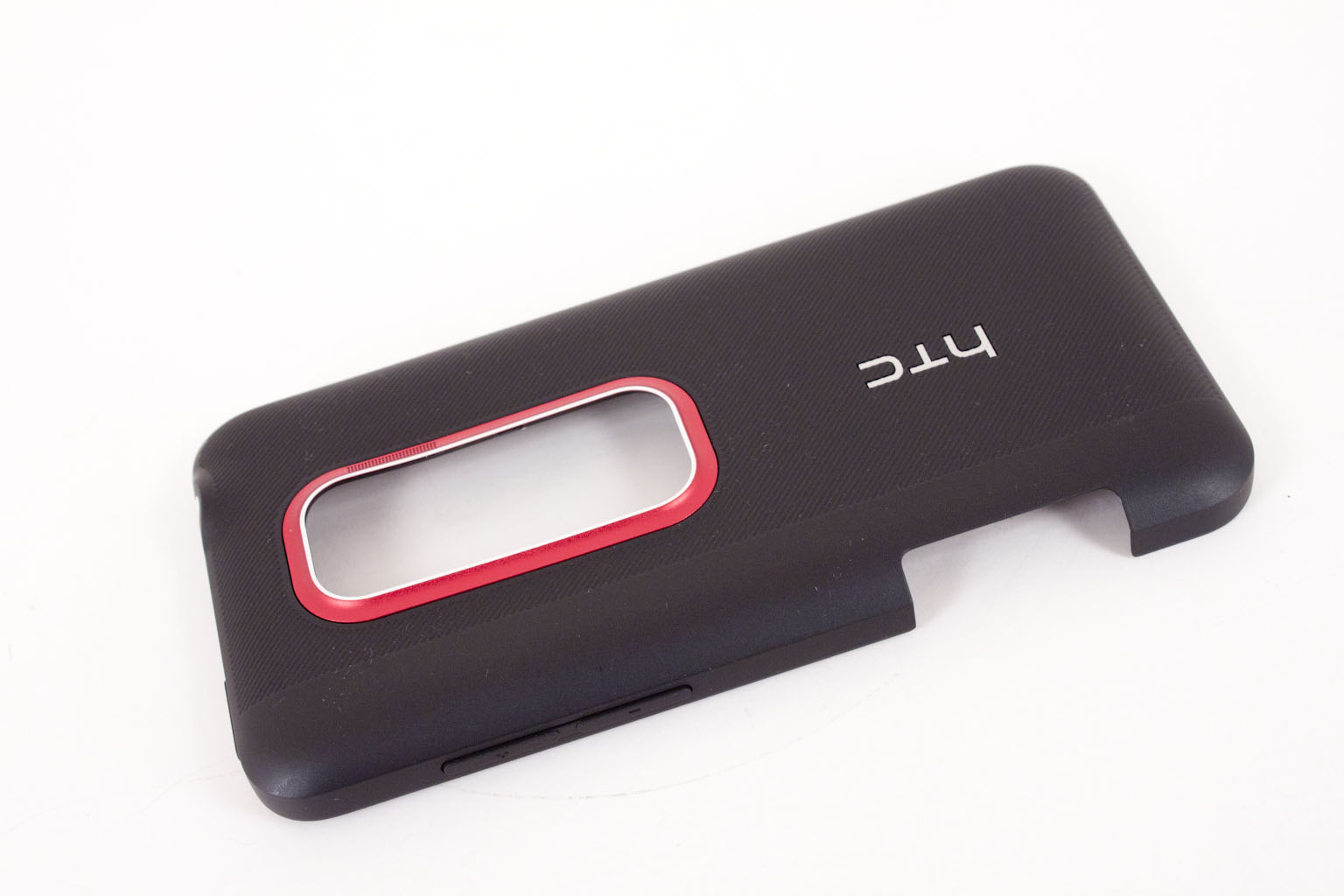 |
All in all the EVO 3D appears to be a much more powerful phone than the original EVO and that was (and still is) an impressive phone all on its own. Now I guess we will need to see if it really can outperform the EVO in some real world testing, but first let’s take a look at some of the features and extras you get when you buy the EVO 3D.



